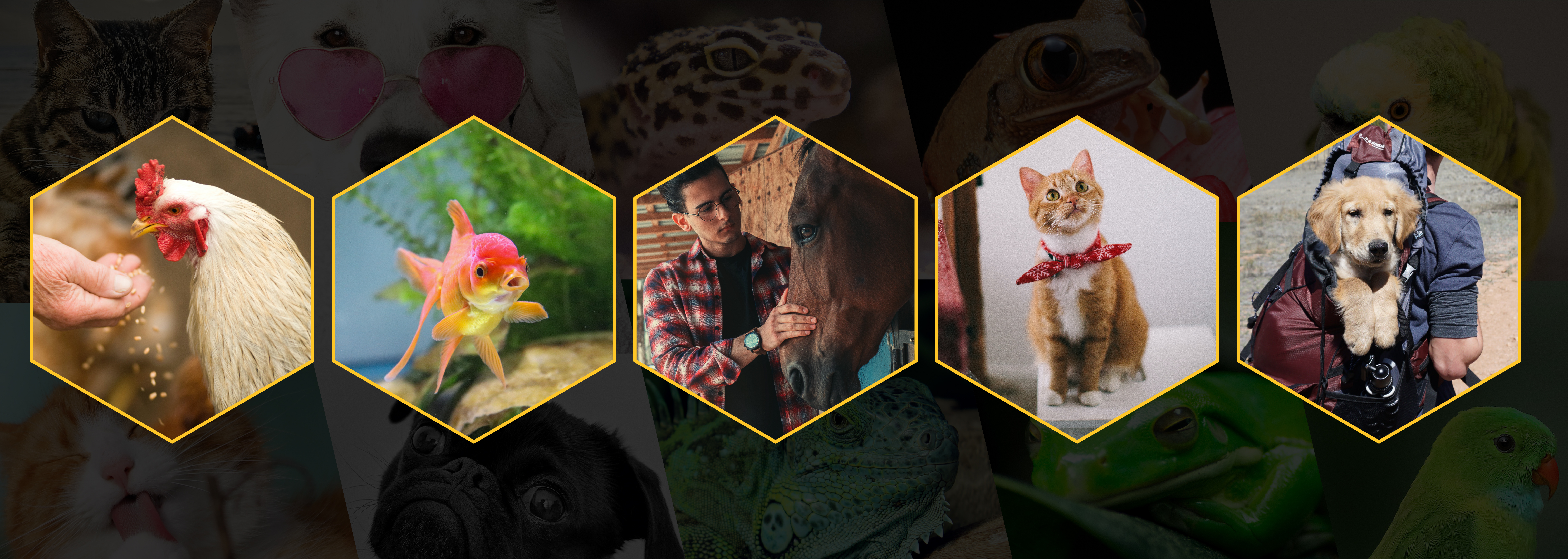
CISA Pet Ambassador Program
Out of Africa
CISA’s eighth pet ambassador, Leo, is a funny, playful — sometimes demanding — but charming Coton de Tuléar who came into College of Integrative Sciences and Arts dean Joanna Grabski’s life nine years ago.
“My daughter, Olivia, and I met Leo in late January 2014 in Lac Rose, Senegal, a town about an hour from Dakar, where we were living that year,” said Grabski. “I was there during a sabbatical from teaching and was finishing the research for my book, ‘Art World City.’ Olivia and I had wanted a dog for a long time, so it was fateful that we met Leo early on during our stay in Dakar.
“Leo was several weeks old. He was so tiny and still had pink paw pads. We absolutely fell in love at first sight. We wrapped him in a towel and drove him home to our apartment in Dakar. We took him to the vet — at the time there was one veterinarian in Dakar, a city of 4 million people or so. Generally, expatriates have dogs as pets but fewer Senegalese have dogs as pets,” Grabski explained. “Because Leo was so young and he wasn’t able to eat solid food (he had tiny puppy teeth!), Olivia fed him formula in a bottle. He graduated to solid food and has been a very good eater ever since!”
When it came time to return home, traveling from Senegal to the United States with an 8-month-old puppy required extensive paperwork.
“Leo got the many vaccinations and tests and was issued a carnet de voyage (pour chiens) — something like a little doggy passport with his vaccinations listed,” said Dean Grabski. “He had several tests the morning before we traveled to show proof of health. It was quite an ordeal getting him home from Dakar, but it was worth it!”

Out of the blue, cluster seizures
Leo was the picture of health until he had his first seizure in July 2019, a couple years after Dean Grabski had moved to Arizona to join ASU.
“The first seizure was frightening because we didn’t know what was happening or why,” she recalled. “I was working at the computer and Leo was next to me when the seizure began. When he came to, he was disoriented and started pacing, as is common in the post-seizure state. He had another seizure shortly after the first and then another. I took him to the vet, who ran tests.”
Leo was diagnosed with idiopathic epilepsy that presents with cluster seizures (several seizures one after the other over a day or two). Since then, Grabski has been keeping track of the seizures diligently, recording the date, time, duration and any changes in Leo’s diet, stress, or environment. She said there hasn’t been a pattern; seizures can happen when he is sleeping, awake, walking or playing and diet doesn’t seem to play a role.
Thanks to the loving care of Dean Grabski and Leo's veterinarian team, Leo will lead a full happy life.
Applied Biological Sciences (Preveterinary Medicine), BS
Are you interested in taking care of pets like Leo?
ASU's Preveterniary Medicine program prepares undergraduate students to successfully complete the admission requirements for the pursuit of an advanced degree in veterinary medicine.